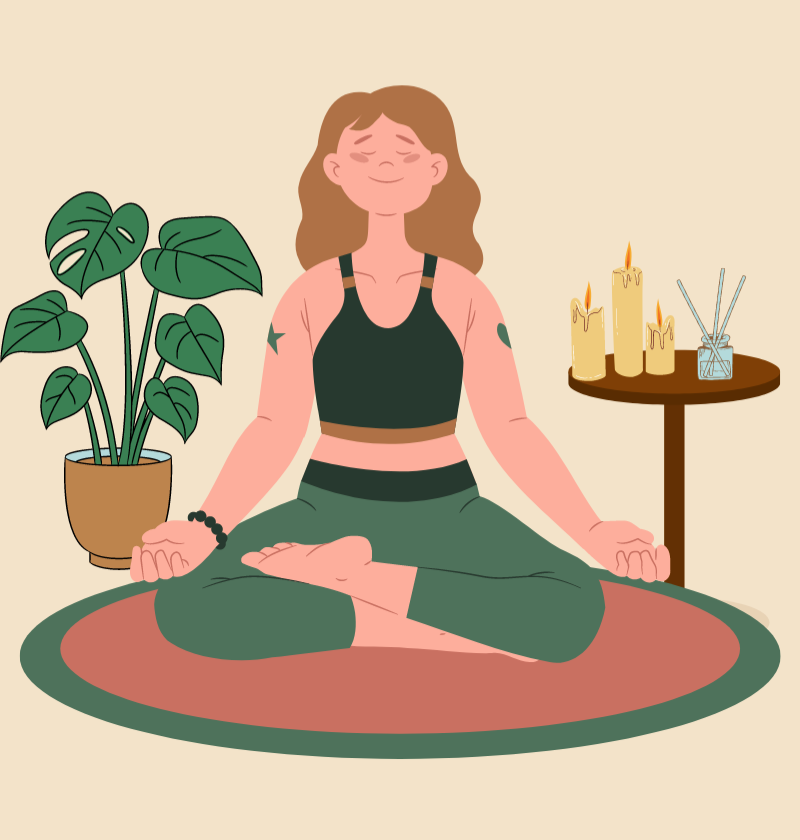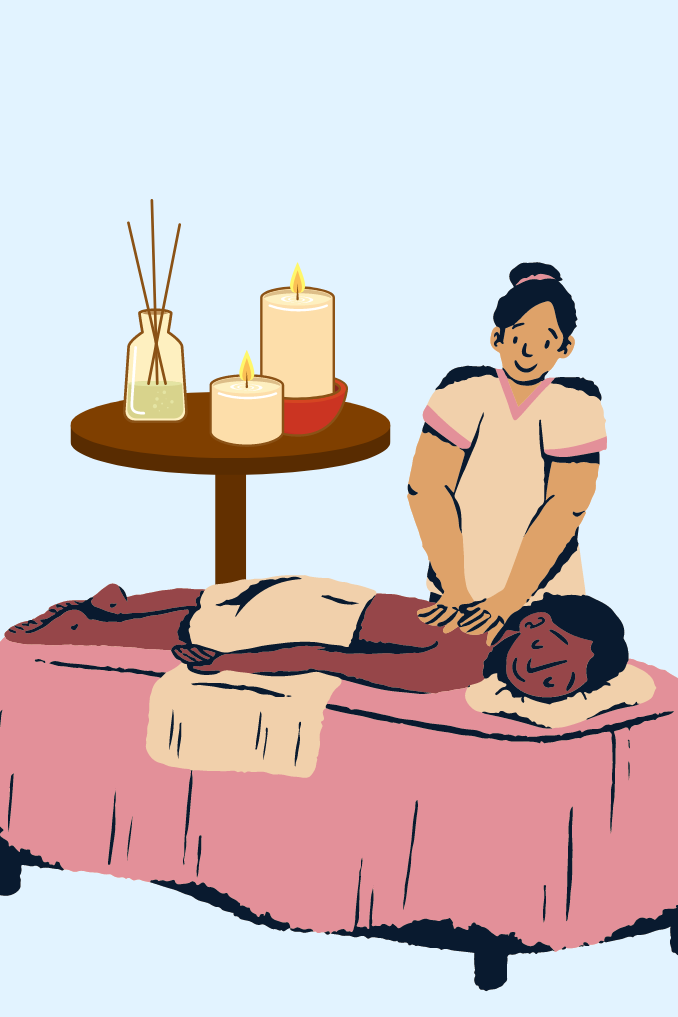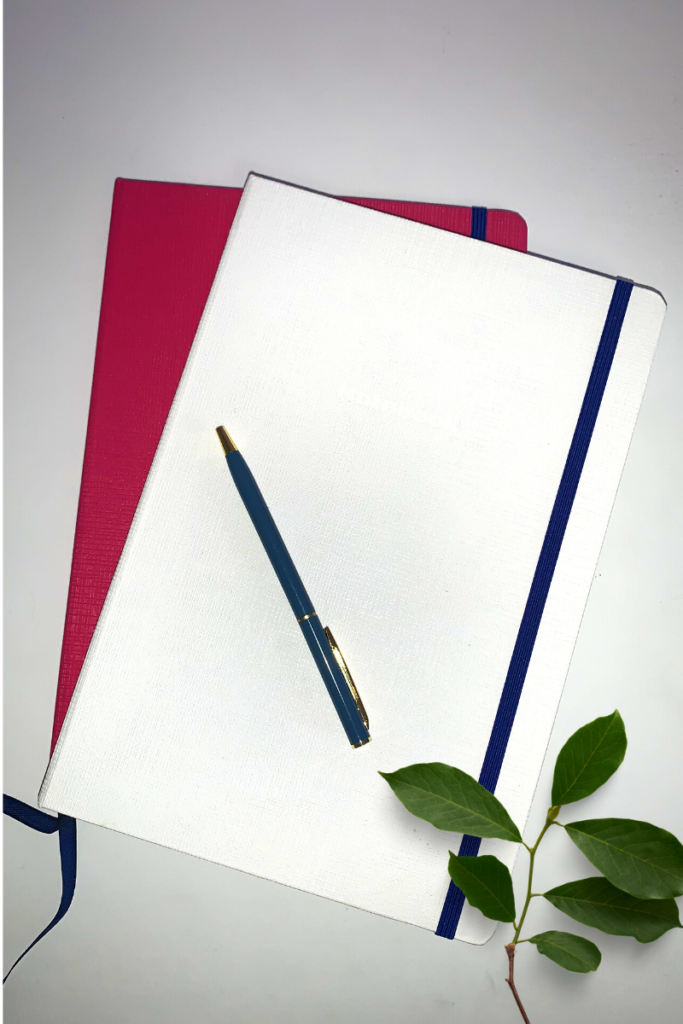How to quickly reduce anxiety in the mind and body
Anxiety can wreak havoc on your life especially if you experience it regularly. Anxiety is not dangerous but it is extremely uncomfortable. After experiencing anxiety attacks and anxiety for a couple of years, I’ve learned a few ways to calm my body and mind. So keep reading if you want to learn how to quickly reduce anxiety both in the mind and body.
What is Anxiety?
Anxiety is an emotion that involves physiological, cognitive, and behavioural symptoms. Anxiety occurs because of the apprehension of a future event. The key point to keep in mind here is that anxiety is an emotion. It is not simply just worrying about something or being nervous. Although anxiety does involve worrying, there are more layers to it.
Another key point is the distinction between anxiety and an anxiety disorder. Most if not everyone probably felt anxiety at one point in their life but most people are not diagnosed clinically with an anxiety disorder. An anxiety disorder is diagnosed when the symptoms a person is experiencing are chronic (long-lasting, generally for a duration of at least 6 months), interfere with one’s daily life, and it causes some sort of distress to the person. This is different from the butterflies you might feel on a first date or for an interview.
This blog is not a means to diagnose yourself with an anxiety disorder. It is simply an informative post that sheds light on some of the lesser-known aspects of anxiety. If you suspect that you may have an anxiety disorder, visit a psychiatrist or a psychologist as they are the only qualified people that can make an accurate diagnosis of what you are experiencing.
What are the symptoms of anxiety?
Anxiety involves physiological (physical), cognitive, and behavioural symptoms. Physical symptoms may involve heart racing, increased blood pressure, or sweating. Cognitive symptoms may involve rumination, worrying, and intrusive thoughts. Behavioural symptoms involve avoidance of the thing that makes you anxious.
Now remember how I said anxiety is an emotion? This is important because emotions are energy in motion. This means that although emotions are evaluated by us in our heads as feeling happy, sad, angry, scared etc., emotions are also felt in the body since they are energy in motion.
Emotions generally involve these three components: cognitive, physiological, and behavioural. From a cognitive perspective, anxiety might spark thoughts in your mind like worrying or rumination. From a behavioural perspective, you may act on that emotion by avoiding something or someone. From a physiological perspective, you may experience increased heart rate, gastrointestinal issues or other physical symptoms. But, from an energetic perspective, anxiety is excess energy in the body that needs to be released.
This may be why you experience some of the physical symptoms that you do when you’re anxious.
The mind and body connection
Emotions are experienced in the body and mind which is why the idea of mind-body connection becomes relevant. The body and the mind are intricately connected. This always eluded me. I never really understood what that meant but now I do. It means that the mind influences the body and the body influences the mind. Try it out yourself. Think of a beautiful and relaxing scene. Imagine you are at the beach soaking up the sun, relaxing. Hear the sounds of the waves crashing against the sand. Maybe there are birds chirping and kids playing and building sand castles.
Now stop. How do you feel? What did you feel in your body and where? Now bring a thought or image of something that makes you anxious and bring that to your mind. What do you feel and where?
Physical Symptoms
Most likely if you’ve experienced anxiety in the body, you’re probably familiar with the following sensations. I know I’ve definitely experienced these:
- tightness in the chest, solar plexus and stomach
- a feeling of knots or butterflies in the stomach (if you’re highly sensitive, you probably feel like a bowling ball dropped in your stomach)
- muscle tension (all over the body, more in the shoulders)
- nausea
- dizziness
- headaches
- feeling like something’s off
- restlessness
- fear/tension/scared
- shaking or trembling
You may feel some of these when you experience anxiety. If you have an anxiety disorder, you may experience these symptoms more frequently and for longer durations. If you don’t feel these sensations in the body, either your anxiety is not that intense or you are dissociated from your body and do not notice these sensations. If that is the case, don’t worry, you can learn to get back into your body again and feel. Regardless, here are some sensations that you may feel in your head.
Cognitive Symptoms
- dizziness
- racing thoughts
- headaches
- constant worrying or what-if scenarios in your mind
Since the mind and body are connected, worrying, rumination, or intrusive thinking can lead to those sensations in the body or the sensations in the body can lead to these cognitive symptoms. This is important to know as it informs possible solutions for anxiety. We can try to change the way we think about situations and if you’ve tried cognitive behavioural therapy, you may have been introduced to some strategies. However, you may have noticed that sometimes changing the way you think doesn’t always help. That’s because anxiety is an emotion which is experienced as sensations in the body. If properly processed, these sensations will move through your body in no longer than 90 seconds.
However, most of us that experience anxiety often struggle to properly process these emotions. So the second way to address anxiety is to calm the body so we can calm the mind.
The Nervous System
When you are anxious, your sympathetic nervous system is activated. This is known as the fight or flight system because it literally prepares your body to fight or flight but in some cases also freeze. This is why you experience, increased heart rate, gastrointestinal issues, dry mouth etc. The parasympathetic nervous system is responsible for rest and digest.
The sympathetic nervous system is activated when our brain interprets that we’re in danger. This could be due to real danger like a snake or an interpreted danger (aka not real danger) like a business meeting. The parasympathetic nervous system is active or supposed to be active at all other times when there is no danger. When this part of the system is active, we are calmer and more relaxed.
So calming the body is all about activating the parasympathetic nervous system. Specifically, most of the parasympathetic nervous system is controlled by one nerve called the vagus nerve which runs from your head to toe. Some suggestions I present below for anxiety activate the vagus nerve. When the parasympathetic nervous system is switched on, the sympathetic nervous system switches off.
So without further ado, let’s get into how to quickly reduce anxiety in the body by turning on the parasympathetic nervous system. Keep in mind that this is not meant to replace professional advice, therapy, or medication. These are simply extra tools to help you in times of need.
How to quickly reduce anxiety in the body using 8 specific strategies
1. Deep breathing
Deep breathing activates the vagus nerve. I generally use it when my mind is racy or when I’m feeling the sensations of anxiety in my body. It definitely reduces the intensity of the symptoms if not rids them completely. This is also a great practice for when you’re calm and not anxious as this regulates the nervous system and helps to reduce the waves of anxiety in the mind and body. It actually helps to rewire the brain. Check out this video for more tips on deep breathing exercises.

2. Tapping – Emotional Freedom Technique (EFT)
Remember how I said emotions are energy in motion? Well, this technique makes use of that concept. EFT is an acupressure technique that works by stimulating energy points in the body to release blocked energy. The idea is to tap different parts of your body specifically known as energy meridians to clear the blocked energy. If this sounds a bit woo-woo to you, this study confirms this technique as a valid technique that can be used to alleviate uncomfortable or heavy emotions. This technique also works with other emotions like shame, guilt, anger etc. This is something I like to do when I’m all tense and tightened up. It’s a great way to quickly release some tension and feel a bit of calm and relaxation. Check out a tutorial on EFT.
3. Grounding – feeling into the body
This is what I generally like to do first when I realize I am anxious or I feel the anxiety in my body. I generally do this by coming back into my body. By feeling those uncomfortable sensations like muscle tension, butterflies etc. Another thing I do is orient myself to the environment around me. I try to look at things around me and really pay attention to what’s around me. This grounds me in the here and now. A popular exercise you can also do for grounding in the here and now is the 5-4-3-2-1 technique where you pay attention to 5 things to see, 4 things you can touch, 3 things you can hear, 2 things you can smell, and 1 thing you can taste. Really pay attention to it, take your attention there, and don’t just list stuff.
4. Massage parts of the body
This especially works if you’re feeling the tension in specific parts of the body like the face or the head. I often like to massage my cheeks and face or the inside of my ears to activate the parasympathetic nervous system aka the vagus nerve. I also like to tap or massage my head. This generally helps. You can also just get a massage!

5. Allow yourself to feel the waves of anxiety and let them pass through you
Sometimes the best thing to do is to tune in and feel the uncomfortable waves of anxiety. It is also one of the quickest ways to process emotions. Literally, feel the butterflies or the knots and the restlessness and just allow everything to be. What I learned from my experience is that you will never get hurt or die because of anxiety. It is extremely uncomfortable but if you just take a few moments to feel it, you will actually process that emotion and release it rather than trying to avoid it. So feel it and heal it. Allowing yourself to feel also helps to increase your level of self-awareness as you will become aware of the sensations you feel when you feel anxious.
6. Movement – shake it out or dance
This is one of my favourite ways to release anxiety and by far the most effective at least in my experience. If I’ve had too much stagnant energy by not doing much, I’ll go for a walk or shake it out. It is also a quick and fun way to reduce anxiety. Dancing and movement in general help release excess adrenaline and regulate your nervous system. Shaking is also a way to release stored stress and anxiety. So just shake it out.
I remember one time I had a really bad anxiety attack in a public place while I was at an event. I took some time to process it and let the intensity of the sensations decrease. But I still felt the uncomfortable sensations. After a while, I decided I was not going to back down and I would still make the best of the event. I got up and started dancing and literally after some time of dancing, I actually felt better. The symptoms and sensations of anxiety subsided and I actually felt stronger. I had conquered my anxiety. I felt happier and more alive despite the exhaustion that anxiety had left me with.
7. Journaling
Now, this I’ll generally do if I’m overthinking, worrying or my mind is racing. I need clarity and journaling provides me with clarity. This isn’t my first resort if I’m having a panic attack or an anxiety attack or just don’t feel well but it’s a great way to do a brain dump and get some clarity on the situation and just feel better. Journaling is also a great thing to do after you’re calm to try and understand why you felt anxious in the first place.

8. Say affirmations like “This too shall pass” and “Nothing is permanent” and “All is well.”
This generally works when my mind is overactive, out of control, and when I’m scared to do something or leave my house for fear that something bad will happen or that I will have a bad anxiety attack in front of random people who will then judge me. Letting worst-case scenarios and anxiety-based thoughts go is difficult but not impossible. Let them go and replace them with one of these affirmations. You will feel the shift in energy and automatically notice your brain and body calm down. Now this is a subtle shift and at first, it may take some time to feel this shift if you’re new to affirmations and rewiring the brain but after a few times, you will notice that saying this automatically calms your brain. Try it out!
You can also create tailored affirmations for yourself if you want to get more specific. It may also prove to be beneficial to you.
That’s it! Now try these out yourself! I promise at least one of these will work. Also, try it out when you feel calm. You’re more likely to use these tools in times of distress if you use them regularly. Healing anxiety is a journey that takes time but is definitely possible. So happy healing!
Resources
Apa | Anxiety. (n.d.). Retrieved November 27, 2022, from https://www.apa.org/topics/anxiety/